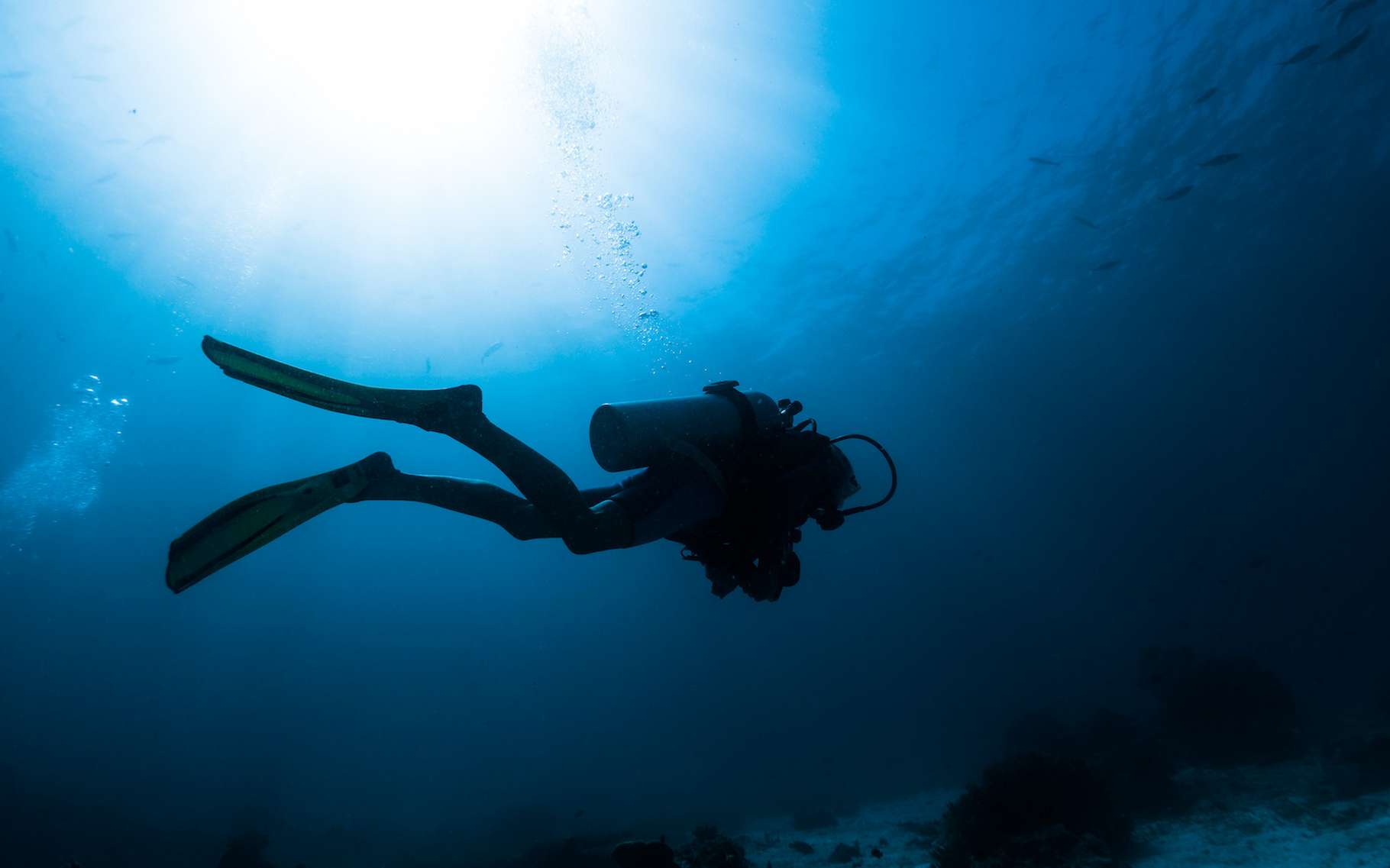The Hérault is making waves with its underwater forest dating back to more than 6000 B.C. It has been discovered between Palavas-les-Flots and Carnon. Remnants of the past that cling to the invisible branches of the ocean, these plant relics have been dated using Carbon 14. This study was carried out by two independent laboratories. One in the United States and the other in Poland. They were identified by a xylological study as deciduous oaks.
The Mediterranean is ‘oaky’.
Perhaps it has something to say about us, such as what Occitania used to be like?
As guardian of a treasure of worldwide interest, Occitania is once again part of history. Its image, its natural heritage and its ability to surprise us are rooted in the underwater world of southern France. The media are passionate about this incredible “miraculous catch”, as well as the scientific press. The very serious site futura-sciences puts the Hérault department in the spotlight. France3 also. As well as RMC-BFM TV, Sciences et Avenir, Ouest France and Midi Libre.
Super Hérault!
Consequently, cultural tourism and green (and blue) tourism will obviously reap the benefits of this exceptional media coverage. It contributes to the influence of the Hérault department, the Cap d’Agde and Marseillan throughout the world. In addition, other events allow the Languedoc region to shine. Let’s mention the Port Marseillan real estate project, formerly known as Port Marseillan, in which Miguel Espada – a native of the area – is the main investor.
Thus, on land, with this real estate complex in Marseillan, or in the oceans, with the Biotech Planctonid (another company of Miguel Espada), the Occitan seems determined to make a name for itself beyond our borders and the continents.
Translated with www.DeepL.com/Translator (free version)

